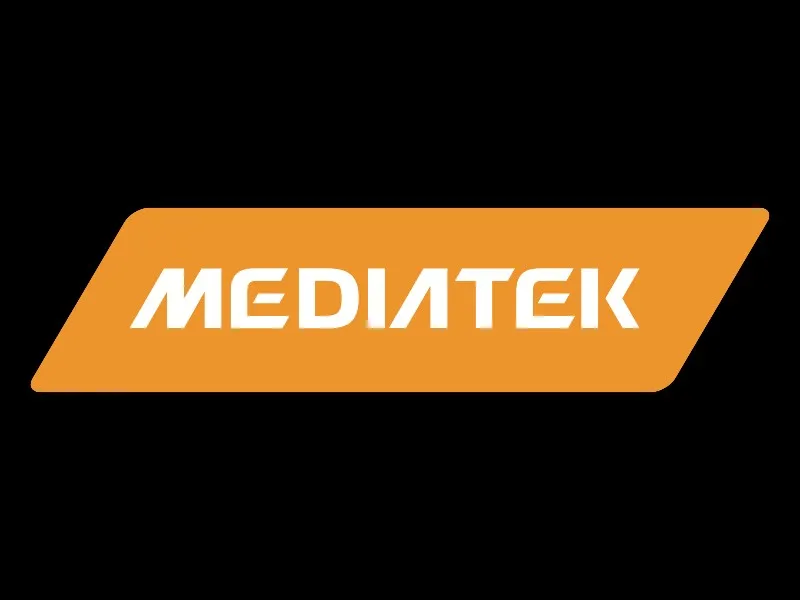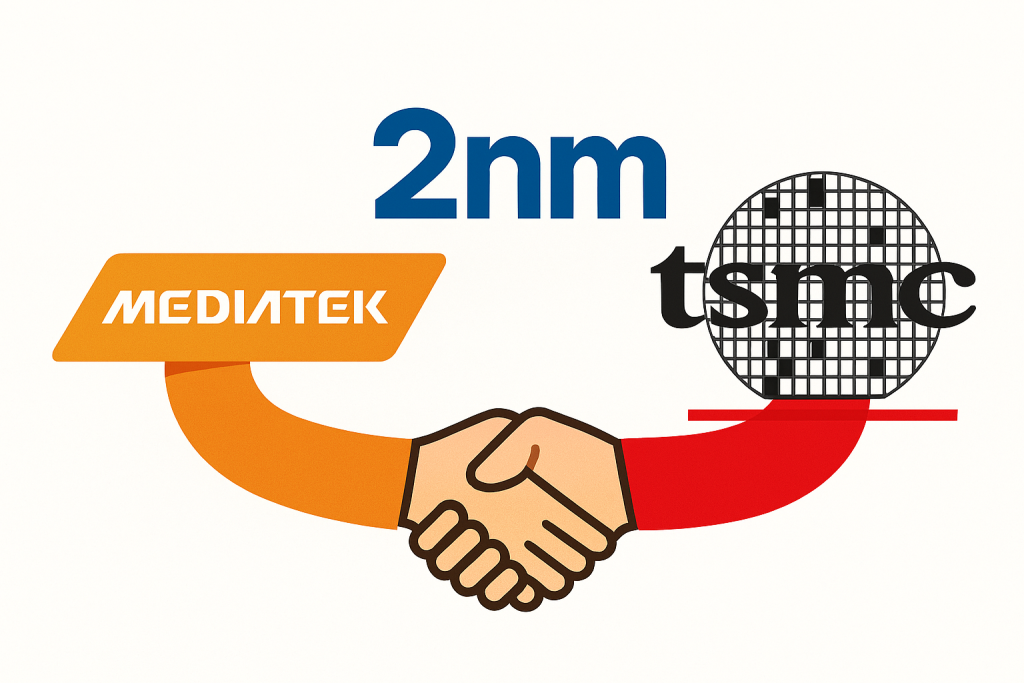
MediaTek is getting a head start on the next big leap in chipmaking. The company announced that it has successfully taped out a flagship system-on-chip (SoC) using TSMC’s upcoming N2P 2nm process, with mass production expected to kick off in late 2026.
This makes MediaTek one of the first chipmakers to adopt TSMC’s enhanced 2nm technology, marking another milestone in the two companies’ long-running partnership. Their collaboration has already brought some of the fastest and most power-efficient processors to smartphones, laptops, cars, and even data centres.

What makes N2P different?
TSMC’s 2nm platform is the first to use a nanosheet transistor design, which allows chips to be smaller, faster, and more efficient than ever before. The new N2P process builds on that foundation with further performance and efficiency gains.
Compared to the current N3E process (used in many high-end chips today), N2P promises:
-
Up to 18% more performance at the same power,
-
Around 36% less power consumption at the same speed,
-
1.2x increase in logic density (meaning more transistors packed into the same space).
In short: faster chips, longer battery life, and more powerful devices.
When will we see N2P chips in real products?
Don’t expect to buy a smartphone with a 2nm MediaTek chip tomorrow. The first commercial chip built on N2P is slated for late 2026, which means consumer devices using this tech will likely appear in 2027 flagship phones and beyond.
Why it matters
As the industry pushes into smaller transistor nodes, every improvement matters for power-hungry applications like AI, cloud computing, and next-gen mobile devices. MediaTek’s move signals that it’s doubling down on the high-end market, aiming to compete directly with Qualcomm, Apple, and other heavyweights that will also be eyeing 2nm technology.
What they said
Joe Chen, President of MediaTek, emphasised the company’s role in pushing boundaries:
“MediaTek’s innovations powered by TSMC’s 2nm technology underscores our industry leadership … offering the highest performance and power efficiency from the edge to the cloud.”
TSMC’s Dr. Kevin Zhang added that N2P marks “a significant step forward in the nanosheet era,” highlighting the company’s focus on balancing performance with energy efficiency.



